





fig. 42: in late- to mid-winter, some leaves can be found in Florida sporting unnaturally bright colors.
fig. 41: the male of the autograph tree forms garish yellow patterns on its leaves in an attempt to attract a mate.




fig. 29: often, nature's designs even outshine man's
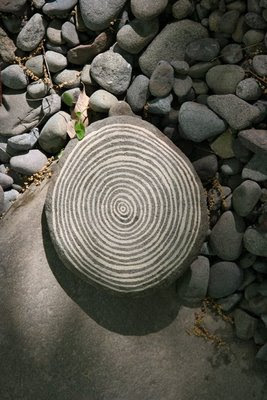
fig. 25: a 17 year old river rock.

fig. 22: to get by in a white world, some leaves will go so far as to change their appearance.

fig. 13: fantail fungus spreads over the face of a streamside stone.
fig. 5: rhododendron showing signs of pixelanimus infestation

fig. 21: the different colored needles of the eastern hemlock rarely intermingle.
fig. 6: leaf of the rare Christmas maple

fig. 23: bark of the invasive zebra birch, introduced to the New World in 1789.

fig. 20: local children must climb high into the plaid tree to harvest its young leaves, traditionally worn at vernal equinox celebrations.

fig. 24: the lodgepole pine, pinus contorta, is especially vulnerable to attack by leopard print disease, spread by contact with wild cougars.
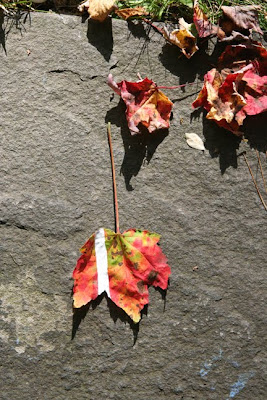
fig. 40: an old wives' tale says that 6 painted hearts will keep the frost away.

fig. 16: the more ostentatious river rocks generally stick together.
fig. 23: last season's colors can still be found on many rural leaves.
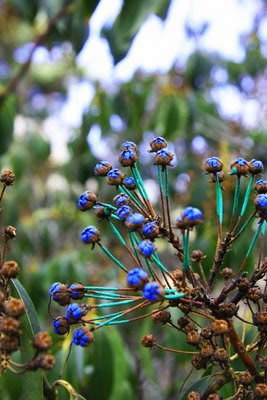
fig. 15: mountain laurel with peacock syndrome.

fig. 12: late stage orangification of the cholla cactus

fig. 11: pinecone showing early signs of blueitis.
fig. 2: inner bark of the immature clown tree
fig. 3: stripeticoccus bacteria on maple leaf
fig. 4: eastern redbud leaves can camouflage themselves for self-defense
fig. 7: unknown spores attack unidentified leaf.
fig. 8: metamorphic rock undergoing underwater metamophosis
fig. 9: fresh egg deposits of the shinyblue streamfly
fig. 10: solitary leaf of the chevron tree

fig. 14: hairy rocks hide behind a twig.

fig. 19: colored sticks huddle together for warmth.
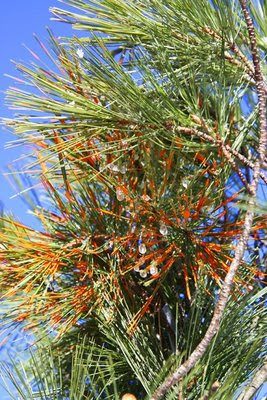

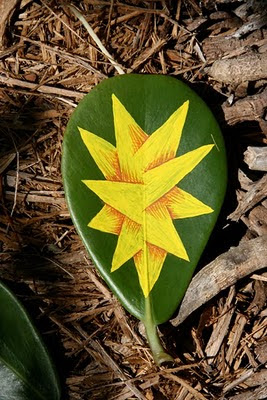










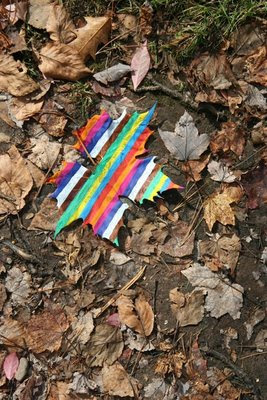













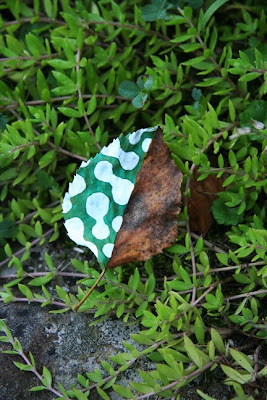





4 comments:
i love this stuff, nice to see a new post! keep up the great work!
Original, creative and very interesting!
This is incredibly imaginative. I think I like how squirrels become mesmerized by the leave of the rainbow drop tree. That one gave me flash backs to early childhood for some reason. Wonderful post!
I adore your nature photography, always fascinated to see what grows in the other side of the world. please keep your distance from the Piranha acorns, so we can enjoy your unedited photojournalism for a long time.
Post a Comment